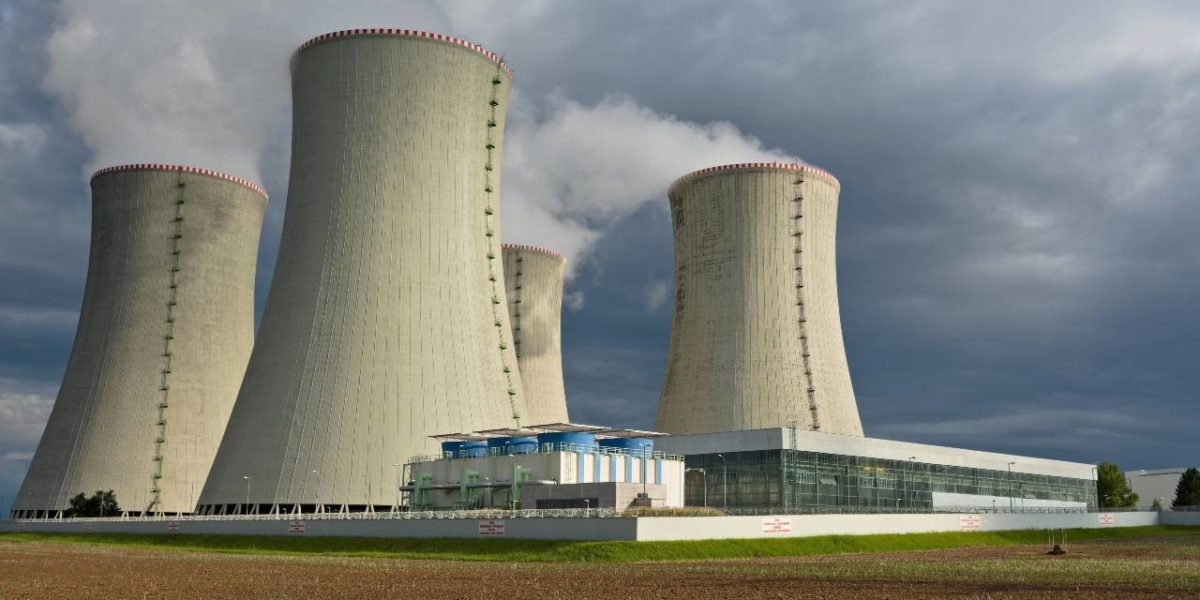On December 5, nuclear scientists at Lawrence Livermore National Laboratory in California found a great breakthrough. After decades of arduous work and research they were able to ignite a nuclear fusion reaction which produced 33 percent extra energy. It is also called fusion energy gain factor, i.e., more power output than input. They proved generating “net gain” is possible from a fusion reaction. Fusion power is a proposed form of power generation that would generate electricity by using heat from nuclear energy. It may revolutionize electricity generation, and availability for all at a much cheaper price.
There are two types of common nuclear reactions. Nuclear fission is the splitting of one large atomic nucleus into smaller fragments, and the joining of two smaller atomic nuclei into one nucleus is called nuclear fusion. Fusion occurs in the Sun and other stars. The process releases energy because the total mass of the resulting single nucleus is less than the mass of the two merging nuclei. The leftover mass is converted into massive amounts of nuclear energy, which can be converted into electricity. Nuclear energy can be produced by performing nuclear reactions artificially, and fusion reactions can be the basis of future fusion power reactors.
How exactly does nuclear fusion work?
Will it be beneficial for an average person?
To reap the benefits of this breakthrough, what do we need to do?
The answers to these questions will help us understand the achievement, and it’s real benefits to humanity.
The nuclear mechanism of fusion reactions is quite simple, they occur when two or more atomic nuclei come close enough for long enough that the nuclear force pulling them together exceeds the electrostatic force pushing them apart, fusing them into heavier nuclei. Since hydrogen has a single proton in its nucleus, it requires the least effort to attain fusion, and yields the most net energy output. Also, since it has one electron, hydrogen is the easiest fuel to fully ionize. The energy produced by scientists in California by fusion reaction –three megajoules-is greater than two megajoules poured onto it by the 192 laser beams used to trigger the fusion reaction. High intensity lasers fused hydrogen atoms into Helium releasing energy in the process.
READ MORE: Pull the plug on nuclear subsidies
Fusion reactions take place in a state of matter called plasma — a hot, charged gas made of positive ions (an atom with one extra proton) and free-moving electrons that has unique properties distinct from solids, liquids, and gases. At extreme temperatures electrons are separated from nuclei and a gas becomes a plasma-an ionized state of matter like gas, an exceedingly elevated temperature is required to keep a gas in the plasma state.
This breakthrough opens doors to cheap, unlimited power with abundant fuel resources, zero carbon emissions and negligible environmental impact, which means fusion does not contribute to greenhouse gas emissions or global warming. Fossil fuels are a continuous source of pollution, and they are destroying the environment. Mastering it could save humanity from climate change.
On an industrial scale, it could help create a virtually limitless source of clean energy on Earth, with the power to generate four million times more energy than burning of coal or oil, according to the UN’S International Atomic Energy Agency (IAEA).
The fusion energy industry appears attractive to investors, and to estimate the net economic gains, detailed studies will be required by experts. The energy source is giant, but economics will make it viable for investors.
Hydrogen is the fuel for fusion reactions and nature has inexhaustible resources of hydrogen.
Big energy giants have already committed to spend $5 billion US on 35 fusion reactors. Hopefully the first fusion reactor by General Fusion will be ready for testing by the 2030’s. Once evaluated successfully it will be able to change the way we live, and investors will invest billions of dollars in this industry for the production and distribution of electricity for the public at a much cheaper rate.
The hope is that it will be used to help humanity, not unlike the COVID-19 vaccines, where billions of dollars were invested in research and development, but pharmaceutical giants started reaping huge profits by setting up their own price structure.
Effective and strong regulatory control is important to reap the rewards of the challenging work of the scientific community to serve humanity.




